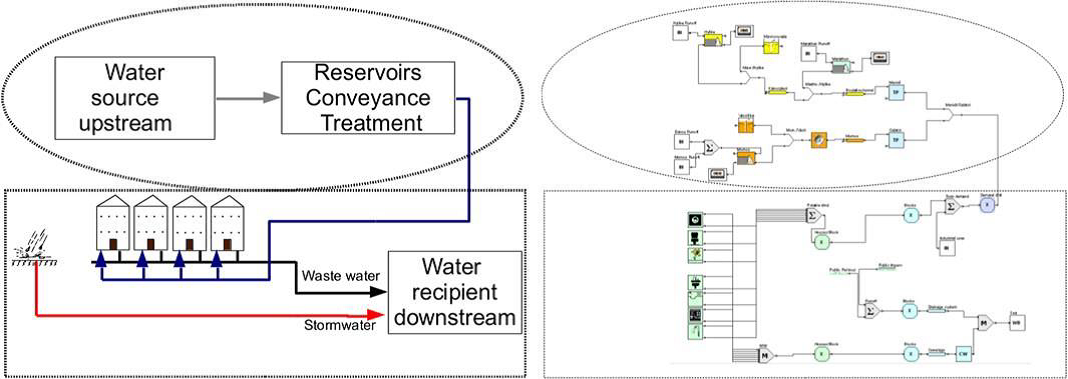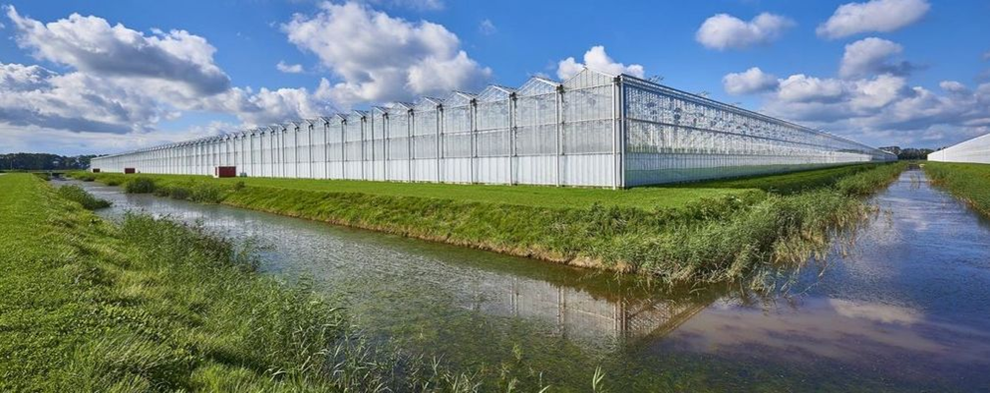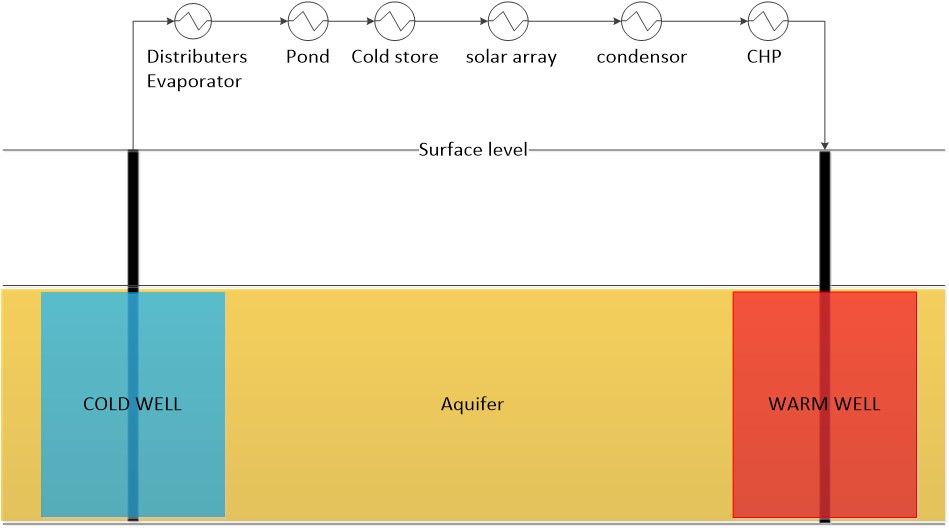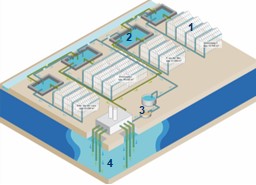Description
The Westland region in the Netherlands are dense urban and industrial areas and greenhouse horticulture complexes. The main objective of the Westland demo case is the demonstration of an integrated approach for a circular water system. In the region already numerous initiatives exist of circular technologies related to e.g. rainwater harvesting and reuse in horticulture, aquifer thermal energy storage, and resource recovery from WWTPs. In NextGen, a regional management strategy for a circular water-energy-materials system is implemented, supported by a CoP to have active cooperation between stakeholders. For their water demand, the horticulture companies use rainwater harvesting basins, complemented with groundwater desalination technologies. Scenarios for alternatives that further close the water system are developed, that include Aquifer Storage & Recovery and WWTP effluent reuse as water sources for the horticulture. For their heat demand, several clusters of greenhouses already have, or are developing, a geothermal well. However none of these clusters have a large scale heat buffer to overcome the temporal mismatch. High Temperature Aquifer Thermal Energy Storage (HT-ATES) systems are an cost-effective method for large scale heat storage in areas where aquifers are available, like in the Westland. At the horticulture company Koppert Cress, an ATES system is being converted to an HT-ATES system.
Applied technologies
Technology performance and best practices
Aquifer storage and recovery (ASR) systems
Conventional aquifer storage and recovery (ASR) renders relatively low recovery efficiencies in the Westland area (about 30%, whereas the recovery can increase to >90% for a fresh groundwater environment) because of mixing of the injected rainwater with the brackish groundwater. From an environmental perspective it is still useful to infiltrate excess rainwater through water banking (balancing extraction with infiltration), as it counteracts salinization and reduces flood risk.
Implementing water banking at about half of the horticulture companies in Westland can result in an almost zero net groundwater extraction (defined as the total amount of groundwater extraction minus rainwater infiltration). The unsustainable groundwater abstraction would be reduced from 3.75 to 0.7 Mm3/y (>80%).
About 5% of the effluent from two nearby WWTPs would provide sufficient irrigation water for the horticulture greenhouses as an alternative water source.
Introducing demand reduction measures and rainwater and greywater reuse at households show substantial reductions in drinking water consumption and wastewater discharged: the reached values depend on the number of households that will introduce these interventions (an ambitious but applicable 20% was used in the assessment). More details can be found in D1.3.
Aquifer thermal energy storage
A high-temperature aquifer thermal energy storage (HT-ATES) system was explored in the Westland region (NL) to store residual heat that can be used for the heat demand of horticulture companies. The results showed that there is sufficient residual heat available and that the aquifers are suitable for the application of ATES systems to store the heat. Residual heat in the Province of South Holland could contribute 100% of the heat demand of the horticulture companies in Westland. ATES systems can secure 10-15 PJ seasonal storage, which is sufficient for 10-15% of the annual total energy demand. The currently expected number of geothermal wells combined with HT-ATES can meet about 5% of the heating demand of the horticulture cluster Polanen. The performance of the HT-ATES system at Koppert Cress in the current situation shows that, although the heat recovery factor for the warm well is good (0.7-0.95, the expected value was 0.89 as shown in Table 1), the heat demand is not reached. The expected future addition of a geothermal heat source can provide in the required amount of extra heat. Large scale adoption of HT-ATES in the Westland could potentially save ~250 Mm3 natural gas per year, which reduces the greenhouse gas (GHG) emissions with ~500 kt per year. The case study concluded that at the individual project/site level HT-ATES is technically, legally and financially feasible. The experiences of applying ATES at high temperatures illustrated the potential of HT-ATES by show-casing the increase in energy performance and CO2 emission reductions of the greenhouse of the horticulture company Koppert Cress. More details can be found in D1.4.
Legislation and policy recommendations
In NextGen, we analysed the policy and regulatory landscape to identify relevant opportunities for and barriers to upscaling circular economy in the water sector. Our recommendations, targeted at the revised Urban Wastewater Treatment Directive, are summarised in our policy brief. These recommendations focus on creating meaningful incentives and policy drivers towards circular systems (e.g., through energy and carbon neutrality targets, and additional guidance on water recycling) and simplifying the route to market for recovered products (e.g., fertilisers and other materials). Check out our policy brief.
Applied product

Urban Water Optioneering Tool
UWOT is a decision-support tool that allows users to compare different water management technologies (including water s…



